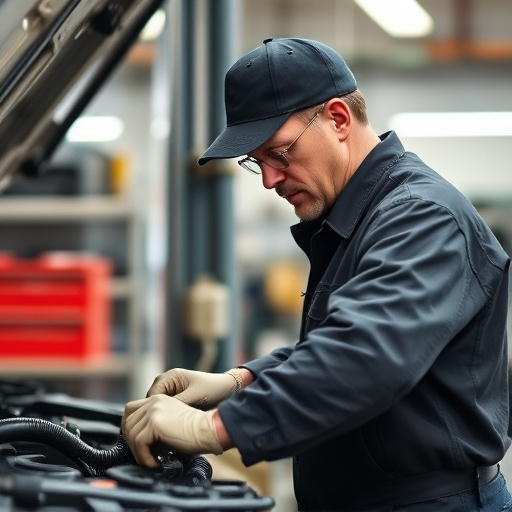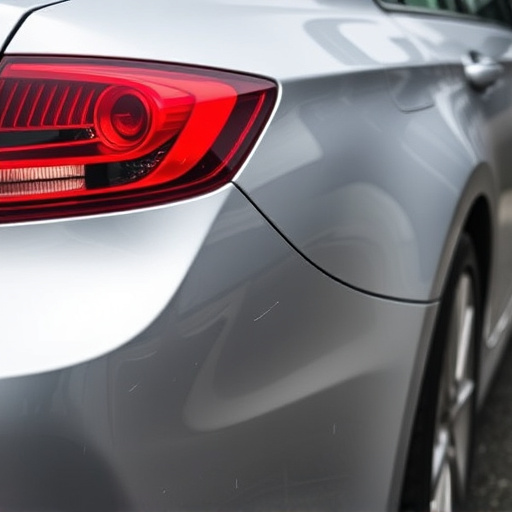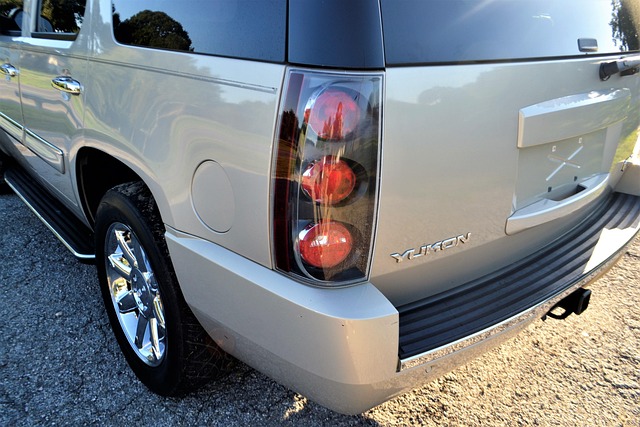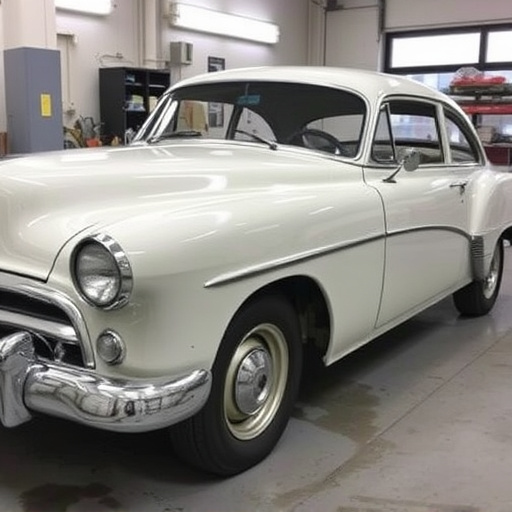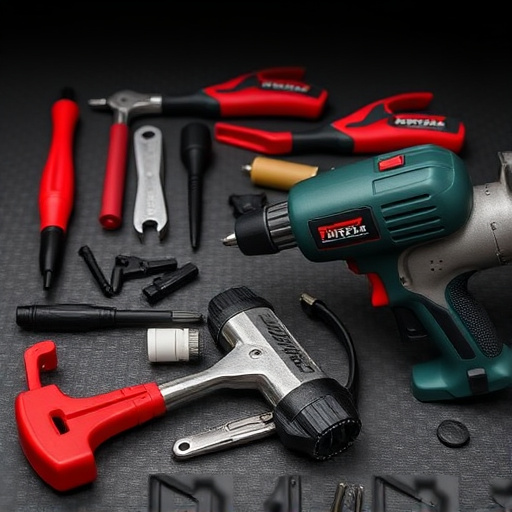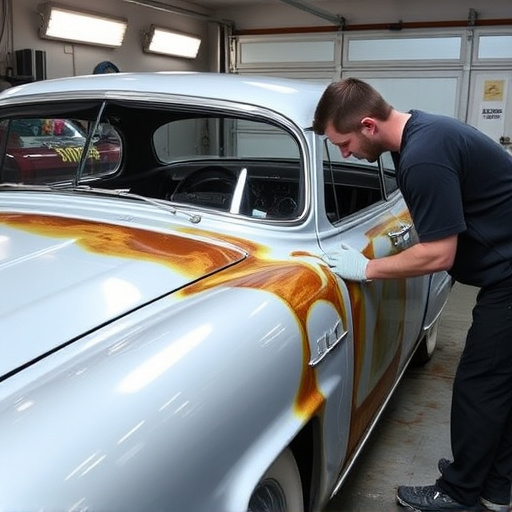Regular maintenance after an airbag module replacement is crucial for safety and longevity. Qualified technicians should inspect sensors, inflators, and connections at intervals to prevent malfunctions. Neglecting maintenance, improper storage, or DIY repairs can compromise airbags' effectiveness. Adhering to manufacturer guidelines ensures optimal airbag performance and passenger safety.
After a successful airbag module replacement, ensuring optimal safety and functionality is paramount. This guide offers invaluable customer tips for maintaining your vehicle’s airbag system. Learn how to understand post-replacement dynamics, conduct regular maintenance checks, and steer clear of common mistakes that could compromise your protection. By following these insights, you’ll enhance your peace of mind and keep your airbag system ready for emergency deployment.
- Understanding Your Airbag System Post-Replacement
- Regular Maintenance Checks for Optimal Safety
- Common Mistakes to Avoid After Airbag Installation
Understanding Your Airbag System Post-Replacement

After an airbag module replacement, it’s crucial to understand how your system operates and what steps to take for optimal maintenance. The airbag system is a complex network involving sensors, electronic control units (ECUs), and inflatable airbags. These components work together to ensure safety in the event of a collision. Once replaced, regular upkeep is essential to guarantee its reliability.
Regular vehicle inspections are key, including checking connections for any signs of corrosion or damage, as well as monitoring power supply and sensor functionality through diagnostic tools. Like with any automotive body work or auto repair services, maintaining proper maintenance schedules recommended by the manufacturer can significantly extend the lifespan of your newly replaced airbag system, ensuring its readiness in case of an emergency.
Regular Maintenance Checks for Optimal Safety

Regular maintenance checks are vital for ensuring your airbag system provides optimal safety following a replacement. After a airbag module replacement, it’s crucial to have your vehicle inspected by a qualified technician at regular intervals. These checks include verifying the proper functioning of all sensors, inflator mechanisms, and electrical connections within the system. Any issues detected early can be addressed promptly, preventing potential hazards down the line.
Furthermore, maintaining the integrity of the vehicle bodywork is essential. Minor dents or damages to the exterior panels could affect sensor placement and overall airbag performance. Regular visits to a collision center for inspections and repairs not only enhance your vehicle’s safety but also ensure its aesthetic appeal, preventing further complications from neglect.
Common Mistakes to Avoid After Airbag Installation

After an airbag module replacement, it’s crucial to avoid common mistakes that can compromise the effectiveness of your car’s safety system. One of the primary errors is neglecting regular inspections. Airbags are life-saving devices, and their proper functioning depends on consistent maintenance. Many owners assume that a successful installation renders the airbags ready for action at all times, but this isn’t always the case. Neglecting to check for any signs of damage, wear, or malfunction can lead to potentially fatal consequences in an emergency.
Another mistake is failing to adhere to manufacturer guidelines for proper storage and handling of the airbag module. During hail damage repair or car restoration, it’s essential to ensure that the replaced part isn’t exposed to extreme temperatures or moisture. Additionally, avoid attempting DIY repairs or modifications without professional knowledge, as this can void warranties and put your safety at risk. Remember, when it comes to auto body repair and airbags, leaving nothing to chance is paramount for the safety of you and your passengers.
After a successful airbag module replacement, proper maintenance is key to ensuring your safety on the road. Regular checks and understanding the do’s and don’ts post-installation are essential for maintaining an optimal airbag system. Remember, a well-maintained airbag can save lives and protect you from potential hazards, making it a crucial investment in your vehicle’s overall safety.
